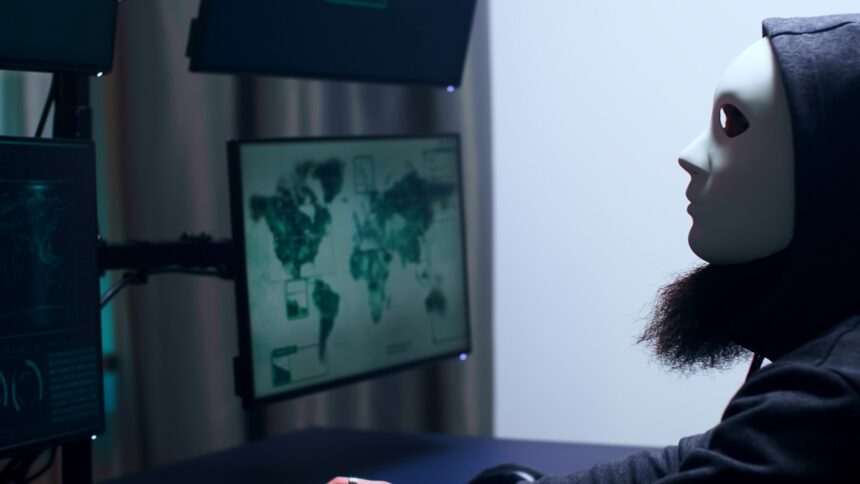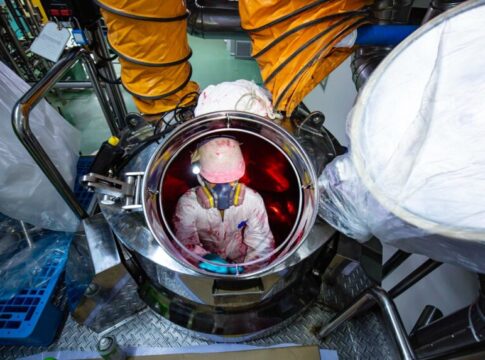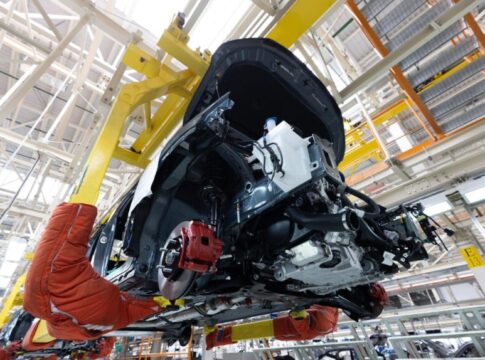Cybersecurity plays a crucial role in the aerospace and defense industry, especially when it comes to protecting critical infrastructure. Aerospace and defense organizations handle sensitive data and operate complex systems that are vital for national security and global stability. Here are some key aspects of cybersecurity in the aerospace and defense sector:
li>Threat Landscape: The threat landscape in the aerospace and defense sector is diverse and constantly evolving. Organizations face cyber threats from various sources, including state-sponsored hackers, organized criminal groups, hacktivists, and insider threats. These threats can range from espionage, theft of intellectual property, disruption of operations, to sabotage.
- Protection of Critical Infrastructure: Aerospace and defense organizations possess critical infrastructure, including military command and control systems, satellite communication networks, radar systems, and unmanned aerial vehicles (UAVs). Protecting these systems from cyber threats is essential to ensure the integrity, availability, and confidentiality of operations.
- Risk Assessment and Management: Conducting comprehensive risk assessments is vital to identify potential vulnerabilities and threats. Organizations need to evaluate their systems, networks, and processes to understand potential risks and their potential impact on critical infrastructure. Effective risk management involves implementing appropriate security measures and continuously monitoring and updating them as the threat landscape evolves.
- Secure Supply Chain: The aerospace and defense industry heavily relies on complex global supply chains. Securing the supply chain is crucial to prevent the introduction of compromised components or software that could pose a cybersecurity risk. Organizations should establish robust supply chain security practices, including vetting suppliers, implementing secure development processes, and conducting thorough security assessments.
- Incident Response and Resilience: Despite preventive measures, incidents can still occur. Having a robust incident response plan is essential to minimize the impact of a cyber attack and ensure a swift recovery. Organizations should establish incident response teams, conduct regular training exercises, and develop recovery strategies to restore operations in case of an incident.
- Regulatory Compliance: Aerospace and defense organizations must comply with various regulatory requirements and standards related to cybersecurity. These may include industry-specific standards, such as the National Institute of Standards and Technology (NIST) Cybersecurity Framework, and regulatory frameworks like the International Traffic in Arms Regulations (ITAR) and Export Administration Regulations (EAR). Compliance with these standards helps organizations establish a strong cybersecurity foundation.
- Collaboration and Information Sharing: Collaboration between industry stakeholders, government agencies, and international partners is crucial in combating cyber threats. Sharing information about emerging threats, vulnerabilities, and best practices helps organizations stay ahead of the evolving threat landscape and strengthen their cybersecurity posture collectively.
- Emerging Technologies: The aerospace and defense sector continually adopts new technologies, such as artificial intelligence (AI), the Internet of Things (IoT), and cloud computing. While these technologies offer numerous benefits, they also introduce new cybersecurity challenges. Organizations must assess the risks associated with these technologies and implement appropriate security measures.
- Workforce Training and Awareness: Developing a skilled cybersecurity workforce is essential to protect critical infrastructure effectively. Organizations should invest in training programs to enhance the cybersecurity knowledge and skills of their personnel. Additionally, fostering a cybersecurity-aware culture within the organization through regular awareness campaigns and training helps employees identify and respond to potential threats.
Overall, cybersecurity is a top priority in the aerospace and defense sector. Protecting critical infrastructure requires a comprehensive approach that combines technology, processes, people, and collaboration to stay ahead of the evolving cyber threats. By implementing robust cybersecurity measures, organizations can ensure the integrity, availability, and resilience of their operations and safeguard national security interests.








